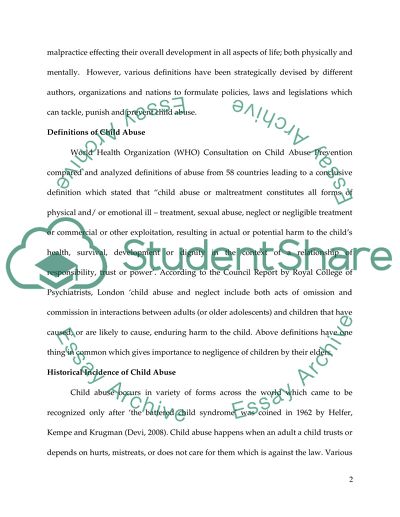Cite this document
(“Child Abuse: Prevalence and Policies in the United Kingdom Essay”, n.d.)
Retrieved from https://studentshare.org/environmental-studies/1416241--with-the-acknowledgement-that-child-abuse-us-a
Retrieved from https://studentshare.org/environmental-studies/1416241--with-the-acknowledgement-that-child-abuse-us-a
(Child Abuse: Prevalence and Policies in the United Kingdom Essay)
https://studentshare.org/environmental-studies/1416241--with-the-acknowledgement-that-child-abuse-us-a.
https://studentshare.org/environmental-studies/1416241--with-the-acknowledgement-that-child-abuse-us-a.
“Child Abuse: Prevalence and Policies in the United Kingdom Essay”, n.d. https://studentshare.org/environmental-studies/1416241--with-the-acknowledgement-that-child-abuse-us-a.


